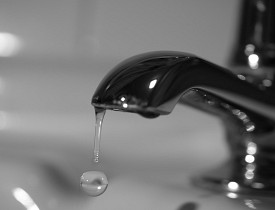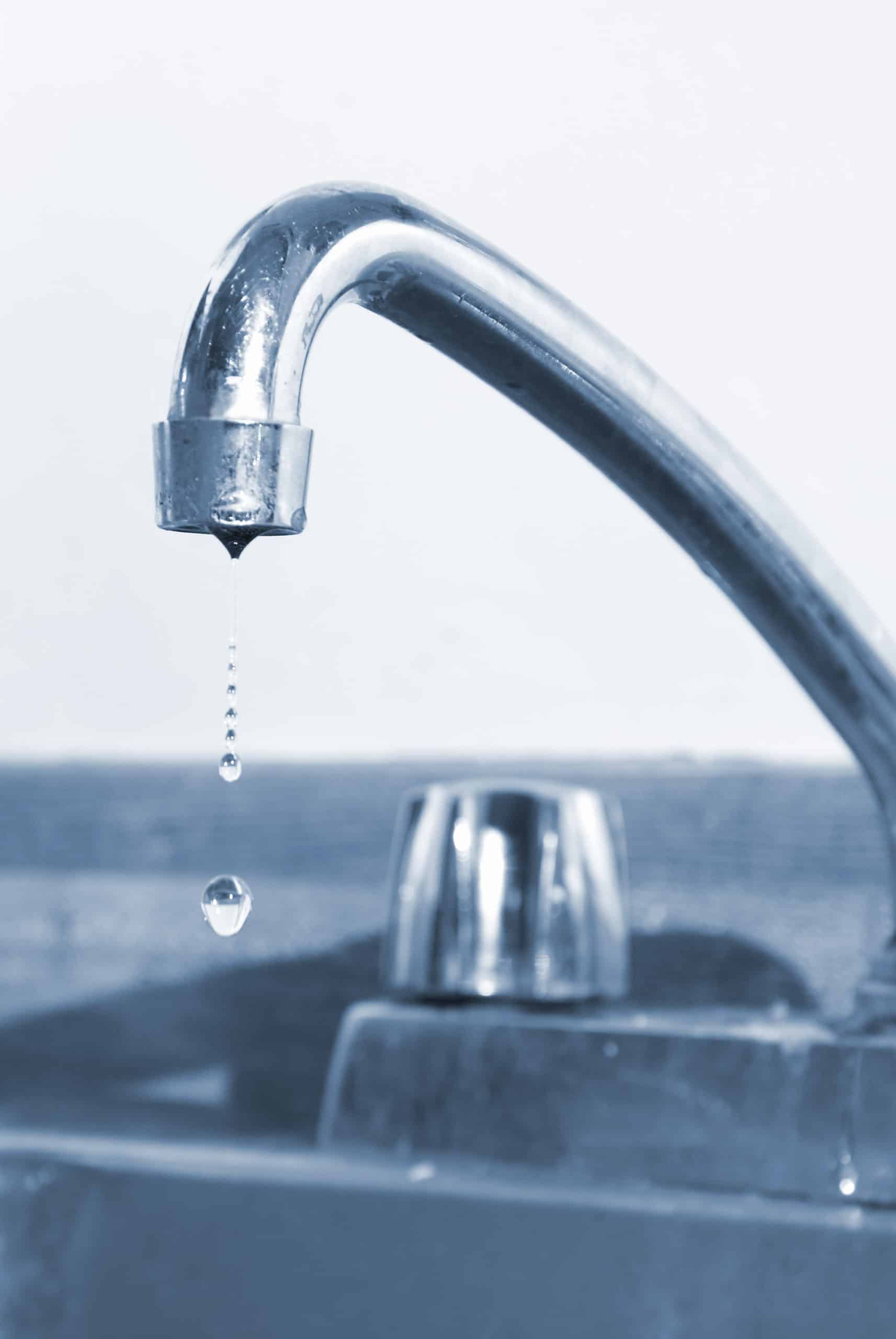What're your opinions on Why Are My Faucets Dripping (And Can I Fix It Myself)??

Dripping faucets could feel like a small aggravation, yet their influence exceeds just the inconvenience of the sound. From wasting water to sustaining unneeded economic prices and wellness dangers, disregarding a dripping faucet can lead to numerous effects. In this write-up, we'll look into why it's essential to address this usual family problem quickly and effectively.
Wastefulness of Water
Ecological Effect
Trickling faucets contribute considerably to water waste. According to the Epa (EPA), a solitary faucet dripping at one drip per second can lose greater than 3,000 gallons of water annually. This not only strains water sources however also influences ecological communities and wild animals dependent on them.
Step-by-Step Overview to Repairing a Dripping Faucet
Tools Needed
Before trying to repair a trickling faucet, collect the needed devices, including an adjustable wrench, screwdrivers, substitute parts (such as washing machines or cartridges), and plumber's tape.
Typical Tap Issues and Their Solutions
Identify the sort of tap and the specific problem causing the drip. Typical troubles include damaged washing machines, corroded shutoff seats, or faulty O-rings. Refer to supplier directions or on-line tutorials for step-by-step support on repairs.
Financial Expenses
Raised Water Bills
Beyond the ecological influence, dripping faucets can blow up water bills significantly. The gathered wastage in time converts right into higher utility costs, which might have been stayed clear of with prompt repairs.
Prospective Property Damage
Furthermore, long term trickling can lead to damage to fixtures and surfaces surrounding the faucet. Water build-up can trigger discoloration, rust, and also architectural concerns if left neglected, resulting in additional repair costs.
Health Issues
Mold And Mildew and Mold Growth
The continuous existence of wetness from a leaking faucet develops an ideal environment for mold and mildew growth. These fungi not only jeopardize indoor air quality but also pose wellness threats, specifically for people with respiratory system problems or allergic reactions.
Waterborne Illness
Stagnant water in dripping taps can come to be a breeding ground for germs and other pathogens, increasing the threat of waterborne illness. Pollutants such as Legionella germs thrive in stationary water, possibly causing major ailments when ingested or inhaled.
Do it yourself vs. Professional Fixing
Benefits and drawbacks of DIY Fixing
While some may attempt to take care of a dripping tap themselves, DIY repair services include their very own collection of challenges. Without correct expertise and tools, DIY attempts can worsen the problem or result in insufficient repair services, prolonging the trouble.
Benefits of Hiring a Specialist Plumber
Employing a professional plumber makes sure that the underlying reason for the trickling faucet is resolved efficiently. Plumbers have the proficiency and equipment to detect and repair tap issues successfully, saving time and lessening the risk of additional damages.
Environmental Obligation
Specific Contribution to Preservation
Taking obligation for fixing leaking taps lines up with wider efforts toward water preservation and environmental sustainability. Every individual's activities collectively make a substantial impact on protecting priceless sources.
Sustainable Living Practices
By focusing on punctual repairs and taking on water-saving habits, individuals contribute to lasting living techniques that benefit both existing and future generations.
Safety nets
Regular Maintenance Tips
To stop dripping faucets, execute regular upkeep such as cleansing aerators, inspecting for leakages, and changing damaged parts promptly. Additionally, think about installing water-saving gadgets or updating to a lot more effective fixtures.
Significance of Prompt Repair Works
Addressing leaking taps as quickly as they're observed protects against more water wastage and potential damage, inevitably saving both water and money in the long run.
Impact on Residential Property Worth
Understanding of Well-Maintained Residential Property
Keeping a property in good condition, including addressing maintenance concerns like leaking faucets, enhances its regarded worth and charm among potential buyers or lessees.
Impact on Resale Worth
Features with properly maintained plumbing fixtures, including taps, command higher resale values in the real estate market. Dealing with dripping taps can add to a favorable impact during building inspections and negotiations.
Conclusion
Addressing a leaking faucet goes beyond plain benefit; it's a vital step towards saving water, reducing economic expenses, and safeguarding wellness and residential property. Whether with DIY fixings or expert assistance, taking action to deal with leaking faucets is a small yet impactful means to promote liable stewardship of sources and contribute to a much healthier, more sustainable future.
How to Fix a Leaky Faucet: Step-by-Step Repair Guide
A leaky faucet may seem like a simple annoyance, but if it's not fixed promptly, that leak could cost hundreds to potentially thousands. From water damage to mold, mildew, and high water bills, even a tiny leak can be catastrophic if left unattended. Damage like this can even affect the overall value of your home, so it's important to take the right approach for leaky faucet repair. You may need the help of a plumber in some cases, but we've got a few tips you can try on how to fix a leaky faucet before calling the pros.
Four Faucet Types
When you're learning how to fix a leaky faucet, the first step is knowing what kind of faucet you're working with! There are four common types.
Cartridge Faucets
Cartridge faucets come in one- or two-handled varieties. In one-handled cartridge faucets, hot and cold water combines in a single cartridge. In the two-handled versions, hot and cold water are controlled separately and mixed in the faucet.
Ball Faucets
Ball faucets have a single lever you push up and down to adjust the pressure and rotate to change the temperature. A slotted metal ball controls the amount of water allowed into the spout.
Compression Washer Faucets
They're the oldest type of faucet, but they're still used in many homes — especially older ones. Compression faucets have two separate handles that, when turned, raise or lower the washer that seals a water valve. This valve stops water from flowing through the faucet when it is turned off.
Disc Faucets
Disc faucets rarely need to be repaired due to their maintenance-free design. The water flow is controlled by two discs — the upper one raises and lowers against a fixed lower disc, creating a watertight seal. If your disc faucet starts leaking, you may need to replace the seals or clean residue buildup from the inlets.
Fixing a Leaky Faucet
Step 1: Turn Off the Water
Whether you're learning how to fix a leaky bathtub faucet or how to fix a leaky kitchen faucet, always turn off the water supply to your working area when you're fixing a leak. The last thing you want is a flood added to your list of things to fix.
Look for the shutoff valves below your sink or around the tub and turn them clockwise to stop the water flow. If your faucet doesn't have shutoff valves, you may need to turn off the water for the whole house. Check to make sure it's off by turning the faucet on. If nothing comes out, you're ready to start the repair.
Step 2: Take Apart the Faucet
How you disassemble your faucet depends on the type of fixture you have. You can use a flathead screwdriver to remove the caps on top of the handle or handles for cartridge and compression faucets. Inside, you should see handle screws. Unscrew these with a screwdriver to remove the handle.
Disc- and ball-style faucets will typically have an inlet screw near the handle, and removing that will reveal the interior of the faucet.
Detach the Valve Stem
For cartridge- and compression-style faucets, you'll see the inner valve stem or cartridge once you remove the faucet handles. If you have a compression faucet, unscrew the brass valve stem. If you have a cartridge faucet, pull out the cartridge. If your cartridge has been in place for a while, it may require some tools or extra force to remove it due to mineral deposits.
Examine and Replace Parts
Once you've removed the parts, check them out to confirm what needs to be replaced. You may see corroded rubber washers, O-rings, stems, or cartridges. On a ball-style faucet, check the seats and springs for damage.
If you need to repair a leaky disc faucet, check the inlet and seals on the lower disc.
Once you determine what parts must be replaced, visit your local hardware store. Bring the damaged parts with you to ensure you can purchase the correct components to replace them.
Clean Valves and Faucet Cavity
If you've removed a stem or cartridge, you may notice mineral buildup in the faucet's threads. Use white vinegar to clean the valve seat by soaking it for a few minutes, then scrub it away with a soft toothbrush and rinse with warm water. You can also clean the interior of the faucet in the same way.
Reassemble the Faucet
Once your faucet is cleaned and the required parts have been replaced, it's time to reassemble it. Put the pieces back together and slowly turn the water supply back on. Doing this slowly is crucial because too much initial water pressure can damage the new hardware you've just installed.
https://homewarranty.firstam.com/blog/how-to-fix-leaky-faucet

We hope you liked our piece about . Thanks for taking the time to read our content. Sharing is nice. Helping others is fun. I praise you for being here. Come back soon.